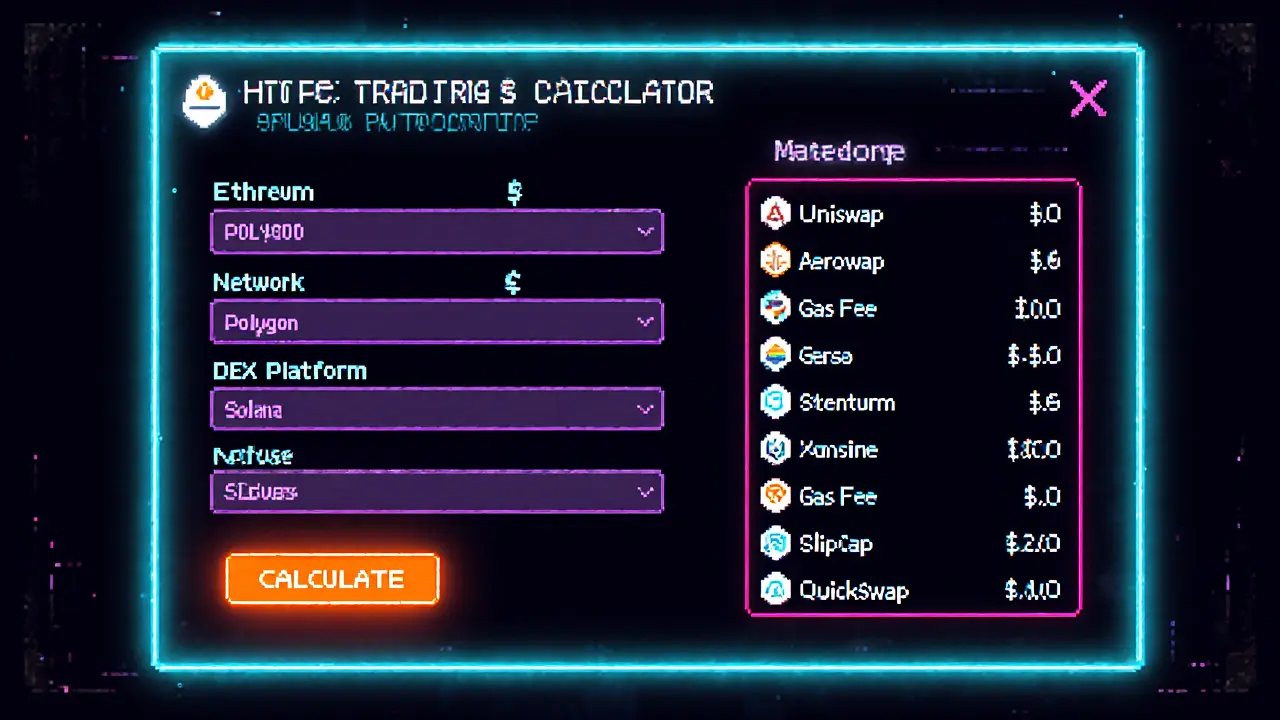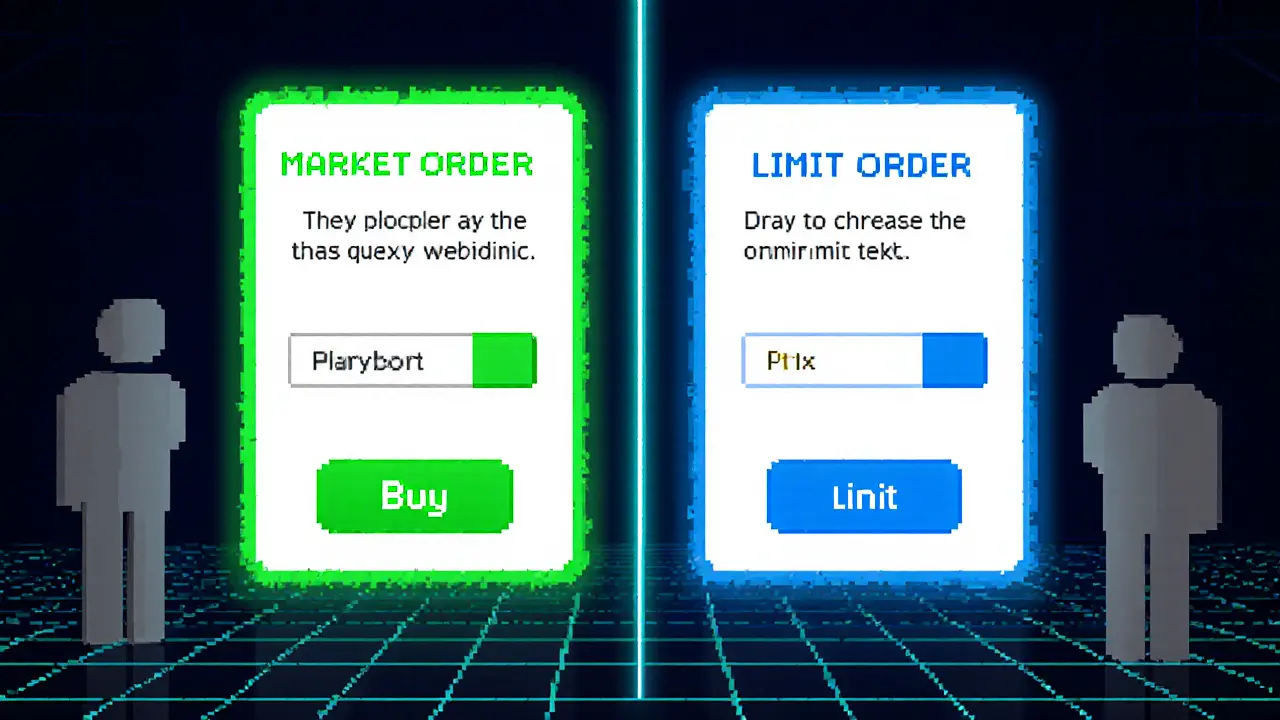Slippage: Understanding the Hidden Cost of Crypto Trades
When you hear the term slippage, the difference between the expected price of a trade and the price at which it actually executes. Also known as price deviation, it can wipe out profits or turn a winning trade into a loss in seconds.
One of the biggest drivers behind slippage is the order book, the real‑time list of buy and sell orders on an exchange. When you place a market order, the order book decides how many layers of bids or asks your trade will eat through. If the book is thin, your order will have to jump to worse prices, creating higher slippage. In the same vein, a liquidity pool, a collection of tokens locked in a smart contract that powers automated market makers (AMMs) works differently but equally impacts slippage. The pool’s depth and token ratio determine how far the price moves when you swap a large amount.
Think of price impact, the immediate shift in token price caused by a trade as a cousin of slippage. While price impact measures the theoretical move, slippage records the real difference you actually feel. Both are linked: higher price impact usually means higher slippage, especially on DEXs where market makers adjust rates algorithmically.
When you trade on a DEX, a decentralized exchange that runs on blockchain smart contracts, you often see slippage warnings before confirming a swap. That warning is a direct result of the pool’s current state, the trade size, and the expected price impact. Ignoring it can cost you extra fees or even a failed transaction if the price moves beyond the allowed threshold.
Another factor that sneaks into the slippage equation is market depth, the amount of volume available at each price level before the market moves significantly. Deep markets with many orders at each price point absorb large trades with minimal slippage, while shallow markets can be rocked by a single big order.
Why Slippage Matters for Every Trader
Understanding slippage helps you plan better. For day traders, a few basis points can shave off a big chunk of daily profit. For long‑term holders, it matters when you finally move a large position onto a liquidity pool. Knowing how your order size interacts with the order book or pool lets you split trades, use limit orders, or adjust the slippage tolerance to avoid unwanted surprises.
Many traders think a higher slippage tolerance always guarantees execution, but that’s a myth. Raising the tolerance simply widens the price range you’re willing to accept, which can still lead to worse outcomes if the market moves against you quickly. A smarter move is to check the pool’s recent volume, examine the order book depth, and possibly trade during off‑peak hours when fewer participants are shaking up prices.
If you’re new to DEXes, start with small swaps and observe the slippage percentage shown by the interface. Compare it across multiple platforms—some DEX aggregators route your trade through the deepest pools, reducing slippage automatically. This is a practical example of how technology tries to solve the slippage problem by finding the best path for your order.
On centralized exchanges, slippage can be mitigated with limit orders, which let you set the exact price you want. On decentralized platforms, you rely on the built‑in slippage tolerance slider, but you can also use advanced routers that batch smaller swaps to mimic a limit order style.
Monitoring slippage is also a safety net against front‑running bots. If a bot detects a large pending transaction, it may push the price before your order lands, inflating slippage dramatically. Some DEXs now include anti‑front‑run mechanisms, but staying aware of the current market conditions is still your best defense.
In short, slippage is not just a technical term—it's a live signal of market health, liquidity strength, and the effectiveness of your trade execution strategy. By treating it as a core metric, you can fine‑tune order sizes, pick the right venues, and avoid costly surprises.
Below you’ll find a curated set of articles that dive deeper into each of these aspects: from how order books shape slippage, to liquidity pool design, to practical tips for managing price impact on DEXs. Use them to sharpen your trading edge and keep your costs under control.
DEX Trading Fees and Slippage: How to Keep Costs Low in 2025
Posted By Tristan Valehart On 1 Feb 2025 Comments (22)

Learn how DEX fees, gas costs, and slippage affect your crypto trades in 2025 and discover practical ways to keep total costs low.
READ MOREMarket Orders vs Limit Orders: How They Work in Order Books
Posted By Tristan Valehart On 9 Jan 2025 Comments (19)

Learn the key differences between market and limit orders, how they work in the order book, and when to use each for better trade execution.
READ MORE